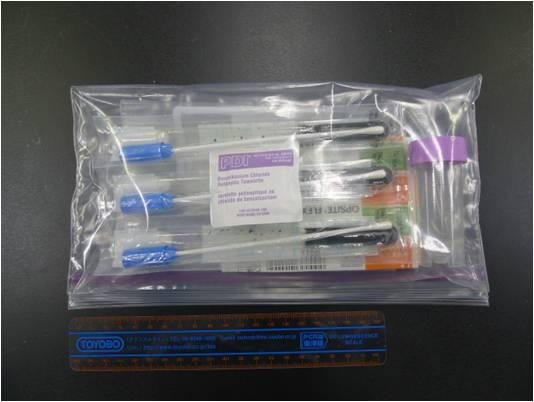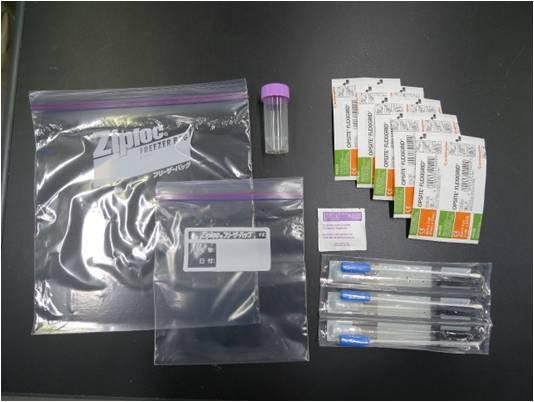ISS Science for Everyone
SCIENCE OBJECTIVES FOR EVERYONE
Mycological evaluation of crew exposure to ISS ambient air (Myco) evaluates the risk of microorganisms' via inhalation and adhesion to the skin to determine which fungi act as allergens on the ISS.
SCIENCE RESULTS FOR EVERYONE
There’s a fungus among us! Scientists expect that microorganisms found on crew members reflect the condition of the living space on the space station. This study evaluates whether these tiny critters in the station’s air are being inhaled or ending up on exposed skin of crew members. Preliminary results show that colonies of bacteria, yeast, and mold decreased on the station but fungal DNA on skin samples increased. These results are useful for air quality and radiation exposure measurements in airplanes and other environments. Additional analyses of the samples by culture-based methods and the latest molecular-genetic methods are underway.
Experiment Description
RESEARCH OVERVIEW
- Samples will be collected from the nasal cavities, the pharynx and the skin of crew members during preflight, in flight and postflight.
- Analysis focuses on microflora, particularly fungi sampled from subjects, which may cause opportunistic infections and allergies if their immunity is compromised.
DESCRIPTION
From the beginning of the construction of spacecrafts, the living environment in manned spacecrafts would be progressively contaminated by microorganisms. Environmental monitoring data of spacecrafts indicate that a wide variety of microorganisms has been isolated from the air and inner surfaces of manned spacecrafts. Some microorganisms isolated from the living environment of manned spacecrafts are known as possible allergens in our living environment on the ground. Many researchers and flight surgeons have been studying the correlation between the environmental microflora inside the spacecrafts and allergic reactions or opportunistic infections. They are fully aware of the risk this microbial contamination of the living environment on board poses. Microflora on crew members who stay aboard the ISS are thought to strongly reflect the ISS environment, which is a completely confined orbital living space in microgravity. The objective of this study is to evaluate the risk of microorganism inhalation and adhesion to skin while exposed to ambient air during stays aboard the ISS. We will perform detailed microbial analysis of these samples by both culture-based methods and the latest molecular-genetic methods.
Media Gallery


Applications
SPACE APPLICATIONS
We can gain a lot of knowledge about how environmental microflora in a spacecraft affects the microflora on crewmembers. Myco experiment is expected to support development of effective medical countermeasures to protect crewmembers against microbes.
Operations
OPERATIONAL REQUIREMENTS AND PROTOCOLS
Using swabs, sampling sheets and a tube, crewmembers collect preflight, inflight and postflight samples of mucosal membranes from their nasal cavities and pharynx, skin samples from both cheeks and upper chests, and sputum. Sample collections are performed first thing in the morning before eating, drinking except water, brushing the teeth or washing their face.
Crewmembers themselves will collect their samples from the nasal vestibules (nostrils, the most anterior part of the nasal cavities) and the pharynx with swabs, the skin of both cheeks and the upper chest area by dressing tapes, and sputum by expectorating into a sputum tube in preflight, inflight and postflight periods.
Publications
PRINCIPAL INVESTIGATOR(S)
MUKAI Chiaki [JAXA]
Unless specified otherwise, rights to all images belong to ©JAXA



